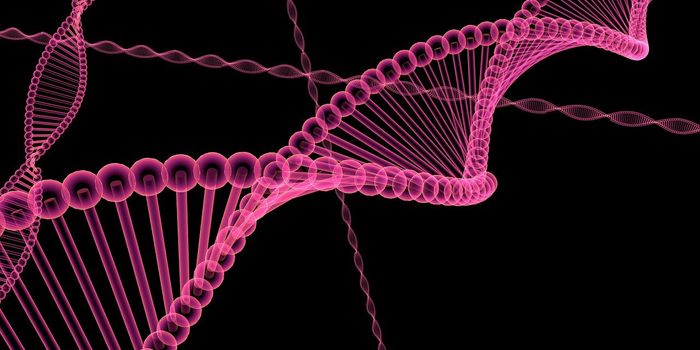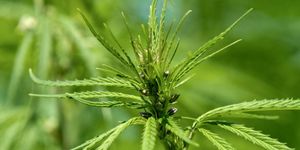The Genetic Secrets of Long-Lived People
For 2019, the United Nations estimated that the average life expectancy for a person is 72.6 years of age. People that live to be older than 105 years, so-called supercentenarians, may have unique genetic characteristics that make their cells more efficient at repairing DNA, according to new research in eLife. This study is the first to analyze the genetics of people with extreme longevity in fine detail and may help explain how these individuals can avoid diseases that come with aging.
"Aging is a common risk factor for several chronic diseases and conditions. We chose to study the genetics of a group of people who lived beyond 105 years old and compare them with a group of younger adults from the same area in Italy, as people in this younger age group tend to avoid many age-related diseases and therefore represent the best example of healthy aging," explained first study author Paolo Garagnani, an Associate Professor in the Department of Experimental, Diagnostic and Specialty Medicine at the University of Bologna.
In this study, the research team compared genomic sequencing results from three groups (of Italian people from the same region). One group of 36 volunteers was an average age of 68, while the other 81 individuals in the study were over the age of 105 (semi-supercentenarians), and over the age of 110 (supercentenarians). This data was also compared with previous work that included 333 Italians over the age of 100 and 358 people around 60 years old.
In the semi-supercentenarians and supercentenarians, there were five common changes in two genes called COA1 and STK17A, which were confirmed in the data from the previous research. These genetic variants appear to be affecting the expression of these two genes and one other.
The STK17A variants may be affecting how cells respond to DNA damage, manage reactive oxygen species, and might promote a programmed cell death pathway called apoptosis that damaged cells can take to avoid further problems in tissue. These processes have been found to be involved in disease development.
The COA1 variants reduce the gene's activity, which may affect how cell nuclei communicate with an energy-generating organelle called the mitochondria. Mitochondrial dysfunction is known to be associated with aging.
The genetic variations were also associated with an increase in the activity of a gene called BLVRA, which plays a role in eliminating reactive oxygen species.
"Previous studies showed that DNA repair is one of the mechanisms allowing an extended lifespan across species," said senior study author Cristina Giuliani, a Senior Assistant Professor in the Laboratory of Molecular Anthropology, Department of Biological, Geological, and Environmental Sciences at the University of Bologna. "We showed that this is true also within humans, and data suggest that the natural diversity in people reaching the last decades of life are, in part, linked to genetic variability that gives semi-supercentenarians the peculiar capability of efficiently managing cellular damage during their life course."
This research also determined that semi- and supercentenarians did not carry as many naturally occurring genetic mutations in their genome compared to what was expected for their age in six of seven genes that were analyzed. This may be protecting these individuals against complex disorders linked to aging like heart disease.
"Our results suggest that DNA repair mechanisms and a low burden of mutations in specific genes are two central mechanisms that have protected people who have reached extreme longevity from age-related diseases," concluded senior study author Claudio Franceschi, Professor Emeritus of Immunology at the University of Bologna.
Sources: AAAS/Eurekalert! via eLife Sciences, eLife









